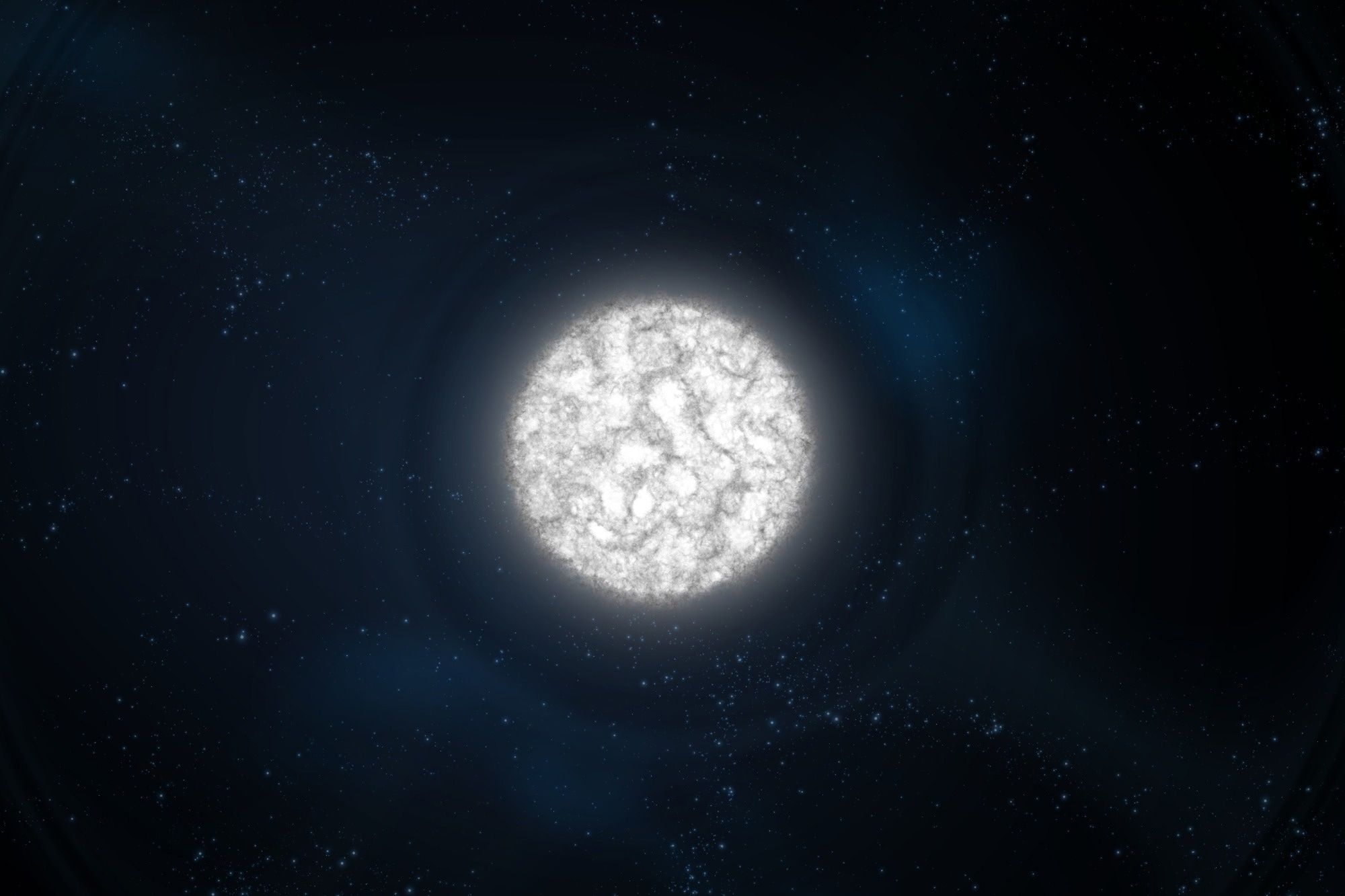White dwarf stars (WDs) are the most copious members of the stellar cemetery. It is extensively acknowledged that over 97% of the stars in the universe will turn into WDs. These copious objects are said to be a vital tool to comprehend the stars’ development and evolution and the history of stellar populations and the galaxy.

Image Credit: Shutterstock.com/ sciencepics
In an article published in Monthly Notices of the Royal Astronomical Society, a research team guided by Assistant Professor WU Chengyuan from Yunnan Observatories of the Chinese Academy of Sciences explored the formation of ultra-massive carbon–oxygen white dwarfs (UMCOWDs).
Based on stellar evolution models, WDs with masses below about 0.45 M⊙ are helium (He) WDs, and those having masses between 0.45 and 1.05 M⊙ are carbon–oxygen (CO) WDs. WDs possessing masses greater than 1.05 M⊙ could harbor oxygen–neon (ONe) cores and are typically called ultra-massive WDs (UMWDs).
The UMWDs play a key role in our understanding of type Ia supernova explosions, the occurrence of physical processes in the asymptotic giant-branch phase, the existence of high-field magnetic WDs and the occurrence of double WD mergers.
Chengyuan Wu, Assistant Professor, Yunnan Observatories, Chinese Academy of Sciences
In recent times, Gaia data has exposed a development in the UMWDs on the Hertzsprung–Russell diagram, which specifies that an additional cooling delay mechanism such as crystallization and elemental sedimentation could be present in UMWDs.
Additional studies have proposed that certain UMWDs should have endured quite long cooling delays, suggesting that they are CO WDs. However, the development mechanism of these UMCOWDs remains uncertain.
In this research, the scientists examined whether the fusion of enormous CO WDs with He WDs can change to UMCOWDs. The outcomes of 3D dynamical simulations on the double WD fusion reveal that the double WD fusion is a very fast process that can form a hot corona on the primary WD.
In order to construct the initial structures of the merger remnants, we adopted fast accretion method to simulate the merger process in 1D models, and obtained the remnant structures similar to those in 3D models.
Chengyuan Wu, Assistant Professor, Yunnan Observatories, Chinese Academy of Sciences
After building the structures of the merger remnants, the scientists discovered that the post-merger evolution of the remnants is analogous to R Coronae Borealis (R CrB) stars. The helium burning of the He shell results in the mass development of the CO core.
The final CO WD mass is impacted by the wind mass-loss rate while the post-merger evolution occurred, and cannot surpass about 1.2 M⊙. Remnants with core masses greater than 1.2 M⊙ will undergo surface carbon ignition, which could end their lives as ONe WDs.
The present results suggest that at least a few UMWDs that undergo extra-long cooling delays may arise from the unification of CO WDs and He WDs.
Journal Reference:
Wu, C, et al. (2022) Formation of ultra-massive carbon-oxygen white dwarfs from the merger of carbon-oxygen and helium white dwarf pairs. Monthly Notices of the Royal Astronomical Society. doi.org/10.1093/mnras/stac273.